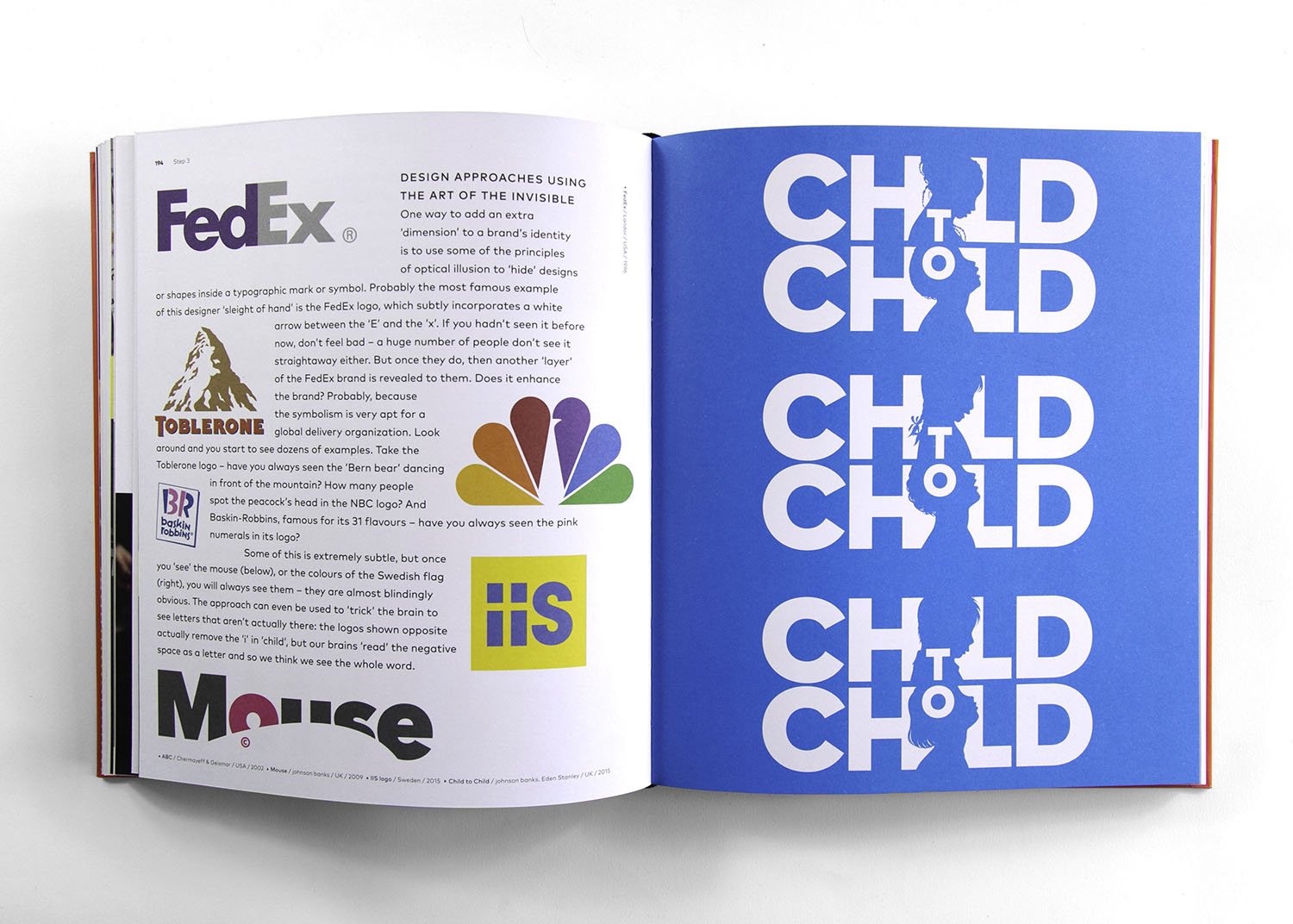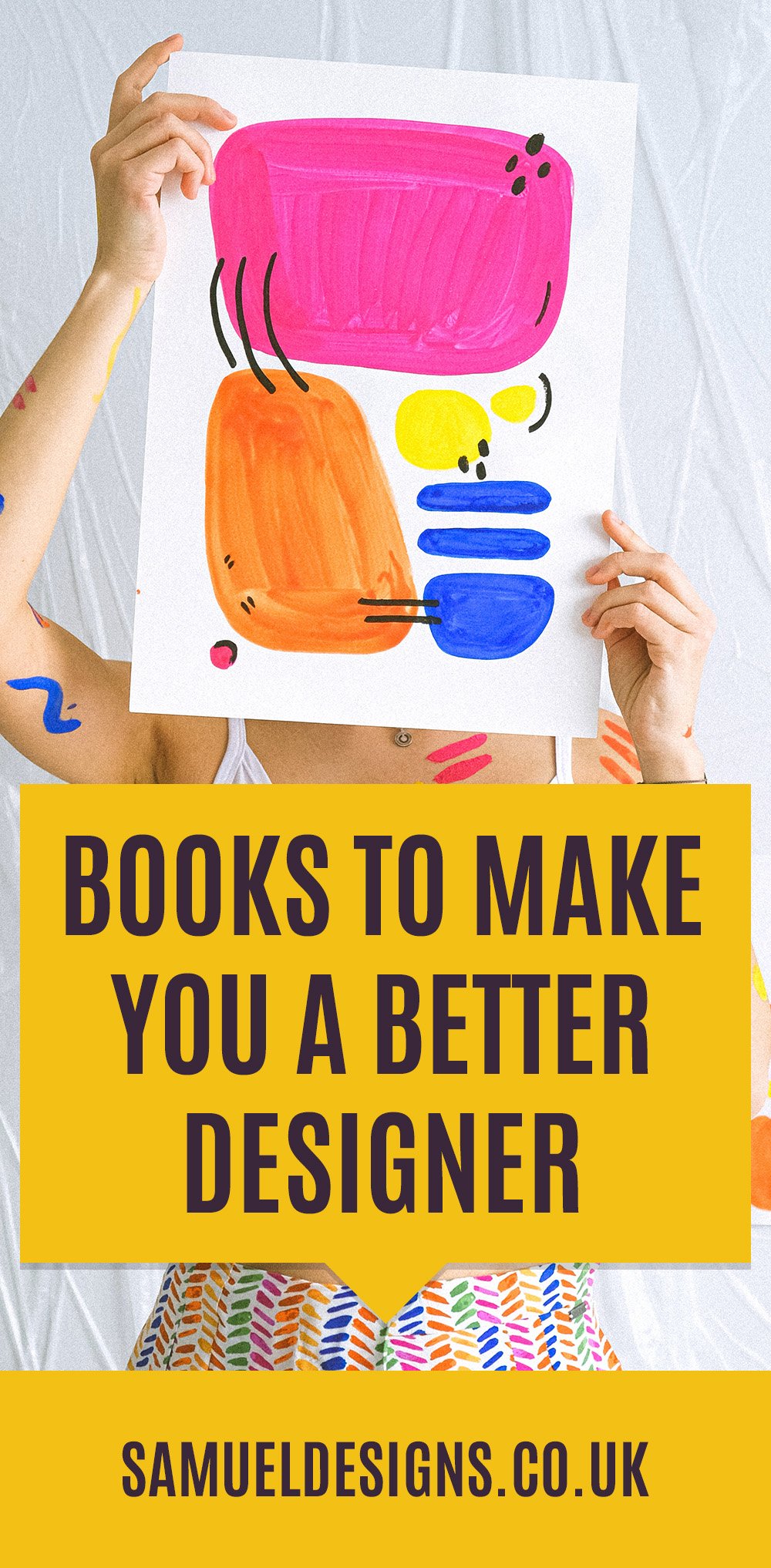Five Books to Help Make You a Better Graphic Designer
We’re spoilt for choice when it comes to graphic design blogs, YouTube Channels, and Instagram accounts, all of which are packed full of information to help us boost our graphic design skills. But sometimes, you just can’t beat a good, physical book.
I wanted to put together a list of books that will help you on your graphic design journey. Check them out below!
Pretty Much Everything by Aaron James Draplin
Aaron James Draplin is known the world over for being one of the most influential and widely respected graphic designers alive today. His book, Pretty Much Everything, is a compendium of (pretty much) all his work, from the beginning of his career up to now.
I genuinely cannot recommend this one enough, which is why I’ve put it at the very top of the list! It features work spanning from posters and magazines, to products and logos. Not to mention information on Draplin’s background, life growing up, and a whole range of expert tips and insights that are SURE to help you in your design career!
How to be a Graphic Designer Without Losing Your Soul by Adrian Shaughnessy
If you’ve ever taken on a few clients, you know that the process can be a bit bumpy at times. This is especially the case if you’re entirely new to both the world of graphic design and freelance work.
Adrian Shaughnessy, with his book How to be a Graphic Designer Without Losing Your Soul, has created the closest thing you’re going to find to a manual for graphic design.
Having worked in the design industry for over three decades, he’s able to provide a vast array of insights, experience and real-world advice. If you’re new to design, or even if you’re a seasoned pro, you have something to gain from reading Shaughnessy’s book!
Branding, in Five and a Half Steps by Michael Johnson
On the surface, branding and brand design can seem like a very simple process. You come up with a logo, some colours and maybe a few images thrown in for good measure, and you’re good to go, right?
Well, at least that’s what it looks like for people outside the design world.
You, I and Michael Johnson understand that brand design is so much more than that. What Branding, in Five and a Half Steps, aims to do is make the branding process much simpler, whilst at the same time giving you a set of tools, and the knowledge of understanding what makes people tick.
This book contains a vast range of case studies, including real-world examples of corporate identities, plus information on the reasoning and decisions that went into them. This is a fantastic choice for anyone with a keen interest in branding design!
Why Fonts Matter by Sarah Hyndman
Whenever we look at a font or typeface, our brains make an instant, snap judgement on what messages, moods and feelings it’s trying to convey. For example, a rounded, bubble font wants you to feel happy, and wants you to understand that it’s being playful.
The book Why Fonts Matter takes a deep dive into fonts, their uses out in the wild, and the messages they convey. This book is perfect for anyone with an interest in typography, or who simply wants to gain a deeper understanding of typefaces and their meanings!
Designing Type by Karen Cheng
This book is a comprehensive guide (and I really do mean a comprehensive guide) to typographical design.
It would come as no surprise to me that, if you’ve spent any time researching typography and type design, you would have seen this book mentioned. Designing Type is often labelled as a “must-have” for typographers, graphic designers and students.
If you’re someone who has always wanted to design their own typeface, but has never known how to go about it, Designing Type is by far the best book for you!
/
This article was written as a guest post by Explore Books, a book blog that posts everything from book reviews to book lists, and everything in between. You can check the Explore Books blog here.









![Affirmations for Graphic Designers to Help You Keep Going [INFOGRAPHIC]](https://images.squarespace-cdn.com/content/v1/5cfebab7bfcecb000194cc60/1711646088600-495MRCVU0Y8Y9GS07B7A/05+-+Cover+-+Affirmations+for+Graphic+Designers+to+Help+You+Keep+Going.png)
![Colour Psychology: What Colours Mean Around the World [INFOGRAPHIC]](https://images.squarespace-cdn.com/content/v1/5cfebab7bfcecb000194cc60/1711645558379-2W1EOZ0VHHFYZOL9OIV9/04+-+Cover+-+Colour+Psychology+-+What+Colours+Mean+Around+the+World+%5BINFOGRAPHIC%5D+.png)





